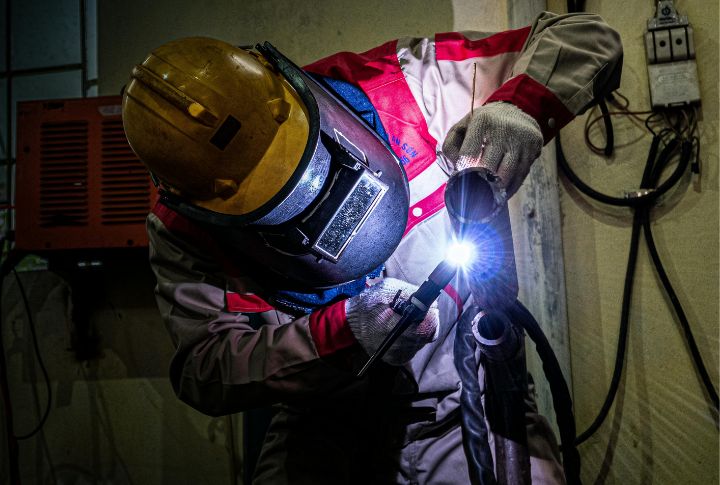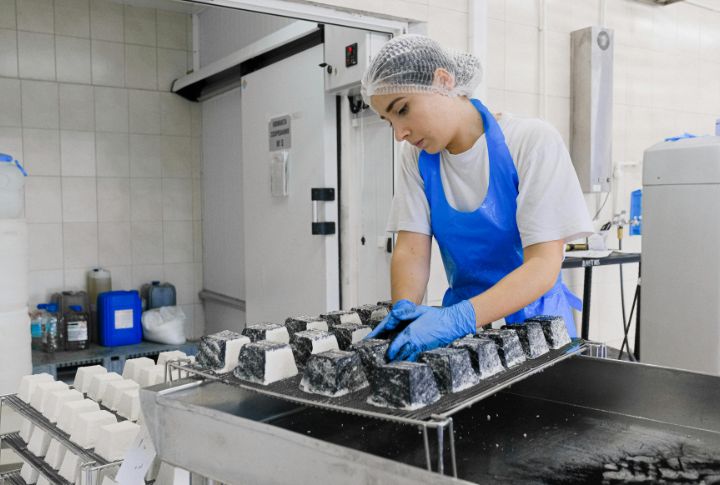
Trade careers are getting a lot of buzz these days, but the reality isn’t as bright as it seems. Despite growing interest, unemployment in skilled trades remains higher than in most office jobs. Shifts in the economy, changing hiring practices, and new job demands all play a role. Here, you’ll find 10 surprising reasons behind the gap—and why it matters for anyone considering this path.
Unemployment Disparity

Look closely at the numbers: Fortune Direct reports that entry-level trades like plumbing or electrical work face a tough 7.2% unemployment rate. The figure is nearly three times higher than the 2% seen in office jobs. This stark difference questions the belief that skilled trades ensure career security even without the weight of student loans.
Structural Barriers Limiting Trade Job Availability

Getting into the trades is challenging for several reasons. First, job openings are simply scarce. Furthermore, mandatory apprenticeships significantly delay entry into the full workforce. Add hazardous conditions and limited career growth, and you see why these roles still face high unemployment, despite the rising public interest.
Economic Vulnerability Of Trade Industries

That high 7.2% unemployment rate signals a deeper weakness in these sectors. Small, private businesses—common in retail and transportation trades—are most vulnerable to market shifts. Any reduction in consumer spending or economic instability hits these companies first, leaving tradespeople exposed to sudden job losses.
Uneven Geographic Demand

Here’s the tricky part: where you live shapes trade opportunities. Metro areas buzzing with construction and infrastructure projects see plenty of openings, while smaller towns often stagnate. This uneven spread drags down national numbers. A qualified electrician in New York might field calls nonstop, but in rural Nebraska, work could be scarce.
Occupational Hazards Driving Attrition In Trades

A tradesperson’s daily environment can be brutally physical, involving high construction sites or live electrical systems. These significant physical risks go far beyond typical office work demands. Over time, accumulated injuries and general bodily wear drive a concerning number of skilled workers out of the industry entirely.
Social Stigma Surrounding Blue-Collar Careers

For too long, social perception has unjustly ranked trade jobs lower than office careers. While Gen Z actively embraces hands-on work, these essential blue-collar roles still face status barriers when it comes to recruiting and retaining talent. Therefore, they offer meaningful work but struggle against deep-seated stereotypes.
Regional Hotspots Of Trade Job Shortages

It’s a strange paradox: high trade unemployment exists alongside regions desperate to fill openings. The core issue is a geographic disconnect. Training programs are often located far from where the actual jobs are needed. Even areas with shortages struggle to provide stable hours and reliable pay for tradespeople.
Apprenticeship Vs Degree

Apprenticeships provide immediate paid training, a financial benefit over unpaid office internships. However, this path also imposes stringent entry rules. Extensive licensing and multi-year training processes create bottlenecks, significantly slowing a new worker’s path to full earning capacity compared to most degree-based roles.
Gender Imbalance In Trade Workforces

According to the U.S. Department of Labor, despite scholarships and targeted recruitment efforts, women comprise less than 10% of workers in critical sectors such as welding and HVAC. The industry remains heavily male-dominated. Though trade schools are trying to attract female candidates, achieving true, meaningful gender balance in these fields is progressing very slowly.
Retirement Wave Without Replacement

A looming retirement wave is shrinking the trade workforce. Skilled plumbers, electricians, and carpenters are aging out, yet few younger workers are stepping in to replace them. Angi’s research shows America has one million fewer tradespeople than in 2007, creating a serious gap between demand and supply that continues to widen.
